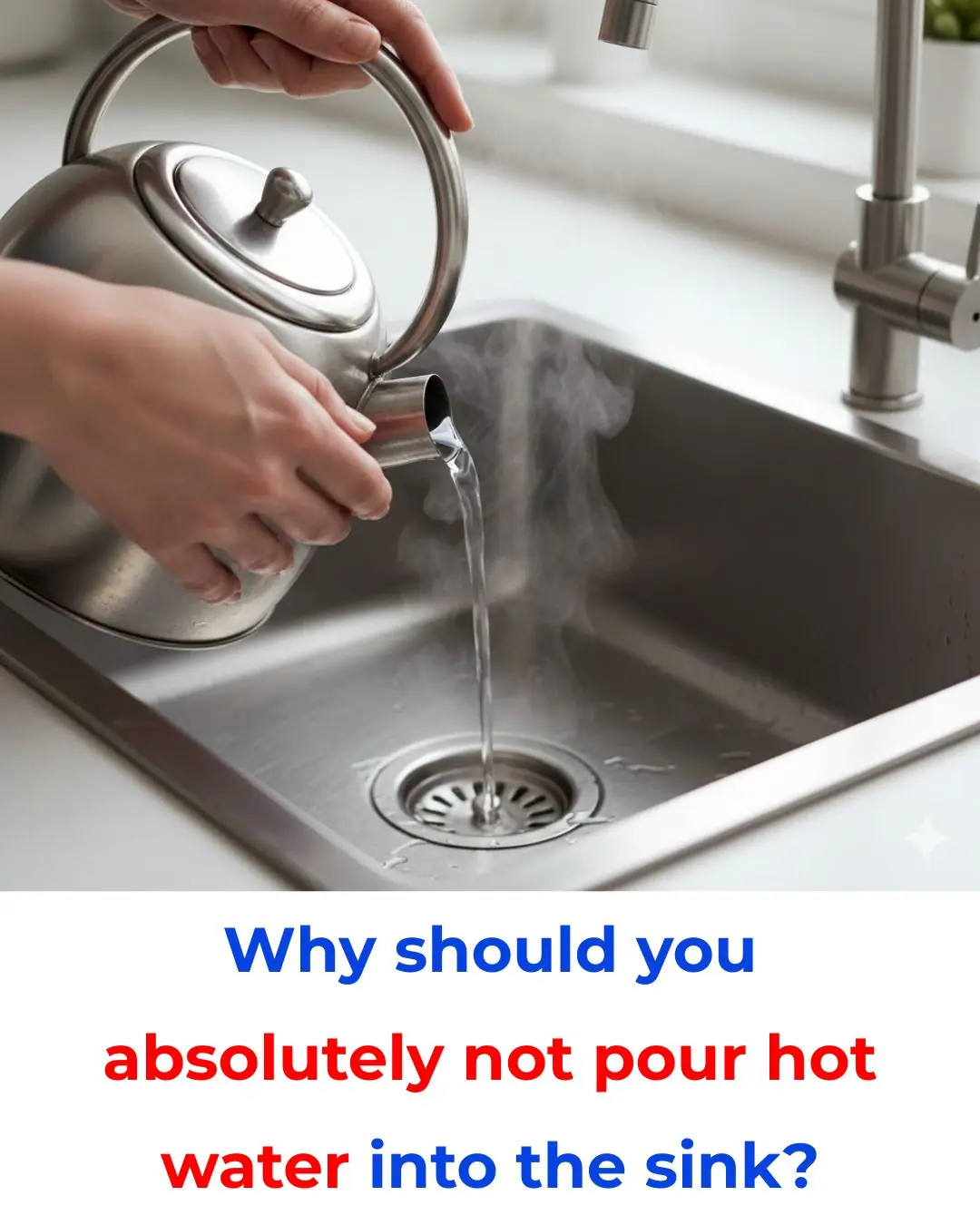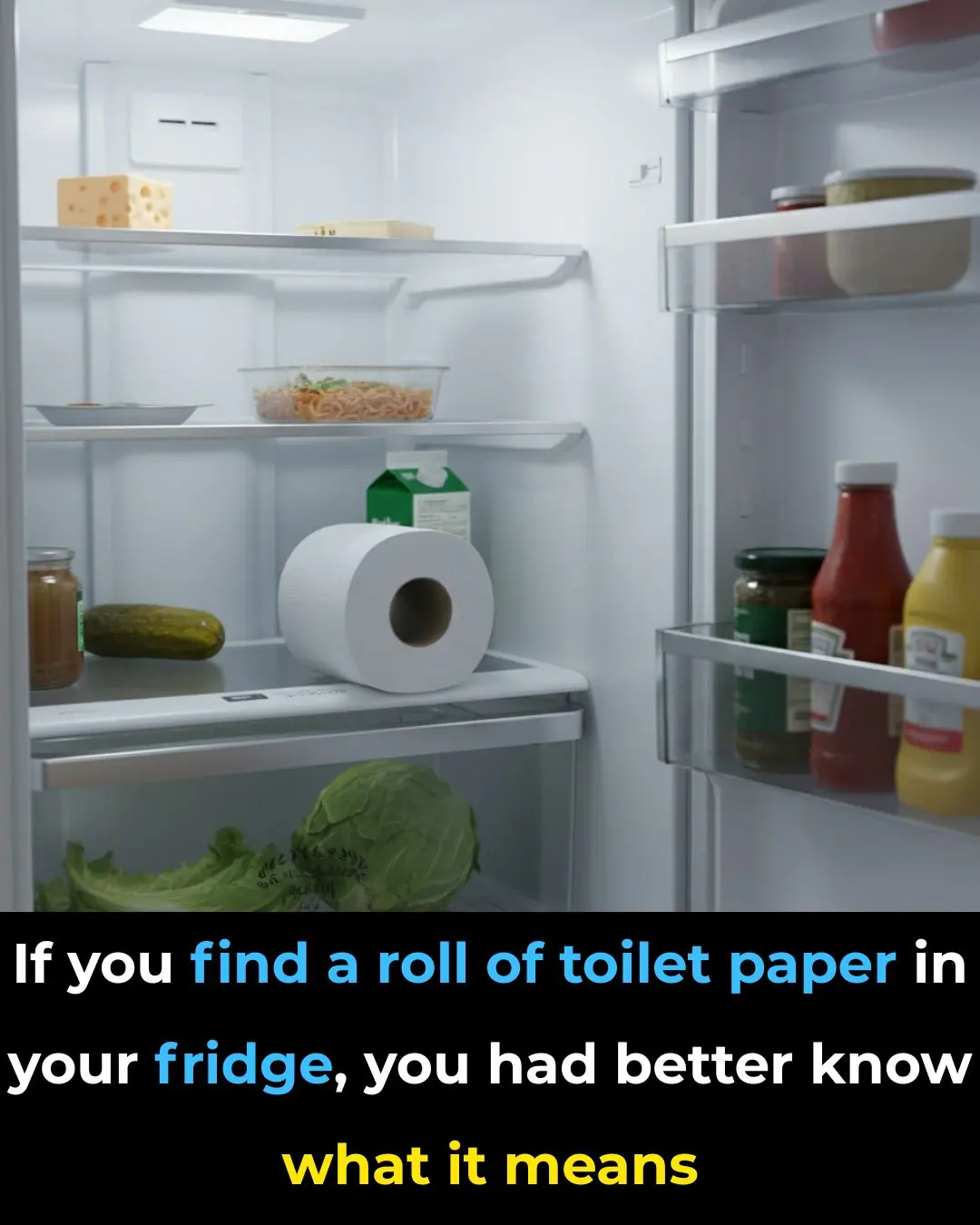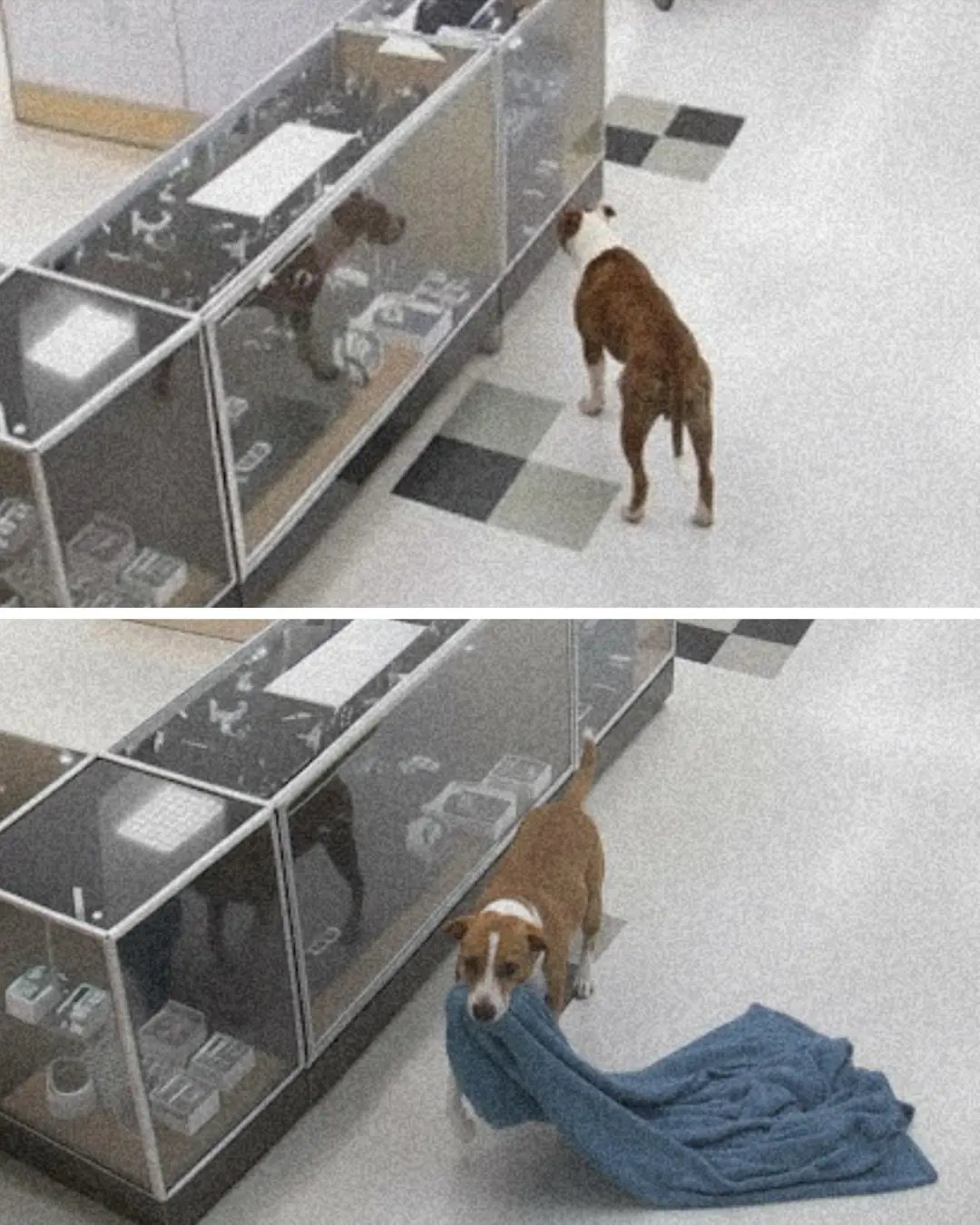
When filling up gas, don't be foolish enough to say "full tank" or "50k", there are 6 smart ways to save a lot more

Fuel Prices Continue to Soar: Smart Tips to Save Money When Refueling
As fuel prices continue to reach record highs, every driver is looking for ways to stretch each liter of gasoline as far as possible. When you head to the gas station, remembering a few simple tricks can help you save a surprising amount of money over time.
1. Observe Where Taxi Drivers Refuel
A useful strategy is to buy gasoline at stations that are frequently visited by taxi drivers or truck drivers. These professionals drive long distances daily and know which stations offer fair prices and reliable quality. If you see many taxis lined up at a particular station, it’s often a good sign that the fuel there is trustworthy and accurately measured.
2. Avoid Asking for a “Full Tank”
Many people ask attendants to “fill the tank,” but that’s not always the smartest move. Automatic fuel nozzles are designed to stop pumping when the tank reaches its limit, and during this process, some fuel may get sucked back into the hose. That means you could be paying for fuel that never actually makes it into your tank.
Instead, fill your tank with a set amount of money or liters that you can monitor closely. This gives you better control and reduces the chances of being shortchanged.
3. Always Watch the Pump Meter
When the attendant starts pumping, keep an eye on the meter. Make sure the numbers reset to zero before fueling and that the amount and price increase steadily. If something looks odd or inconsistent, stop the process and ask for clarification right away. This simple habit helps prevent potential scams and ensures you get what you pay for.
4. Use the Right Type of Gasoline
Each vehicle type has its recommended fuel. For example, scooters usually run best on RON 95, while manual transmission bikes often use RON 92. Using the correct type of gasoline helps your engine burn fuel efficiently, prevents residue buildup, and extends engine life. In contrast, using the wrong fuel can lead to incomplete combustion, reduced performance, and higher consumption.
5. Refuel at the Right Time of Day
Believe it or not, the time of day affects how much fuel you actually get. In the early morning or late evening, when temperatures are cooler, gasoline is denser. Since fuel expands in heat, refueling during cooler hours means you get slightly more fuel for the same volume.
The ideal refueling time is between 5:00 AM and 8:00 AM or after sunset. Over months, this small adjustment can add up to noticeable savings.
6. Compare Stations Regularly
If you often travel along the same route, try refueling at different stations and observe how far your vehicle can go on the same number of liters. Over time, you’ll identify which stations provide more accurate fuel quantities or better fuel efficiency. Staying consistent with a reliable station can make a big difference.
Hidden Features and Safety Tips for Scooter Riders

Many scooter owners don’t realize that the small black lever near the rear wheel isn’t just decorative — it’s a rear brake lock. This mechanism keeps your scooter from rolling when parked on a slope or uneven ground, functioning much like a parking brake in a car.
To engage it, squeeze the left brake lever (rear brake), lift the black latch until you hear a click, then release the lever. The rear wheel will stay locked. To unlock, squeeze the brake again, and the latch will automatically disengage.
Although this feature doesn’t prevent theft, it can delay a thief unfamiliar with the mechanism, buying you a bit of time. It’s now standard on many modern scooter models — a small but practical addition to your vehicle’s safety.
Common Scooter Habits That Can Cause Damage or Danger
1. Using Only the Front Brake

Grabbing the front brake suddenly, especially on slippery roads, can cause the front wheel to lock and the scooter to spin out of control. Instead, apply both brakes simultaneously for smoother and safer stops.
2. Accelerating While Braking
Some riders keep slight pressure on the brake while twisting the throttle — a habit that burns the clutch and wastes fuel. Over time, this can lead to jerky acceleration, reduced efficiency, and costly repairs.
3. Leaving the Engine Running While Parked

If you stop briefly and leave your scooter running, a small touch on the throttle can cause it to lurch forward unexpectedly. Always switch off the engine when you dismount, even for a short stop.
4. Riding Immediately After Starting the Engine
When you start your scooter, wait about 30 seconds before riding off. This allows oil to circulate fully through the engine. Ignoring this step, especially in cold weather, increases engine wear and can lead to mechanical problems later on.
5. Riding with Underinflated Tires

Tire pressure affects both safety and fuel economy. Riding with soft tires increases rolling resistance, forcing the engine to work harder and consume more fuel — up to 10% more if pressure drops by 20%. Check your tire pressure at least once a week and adjust according to the manufacturer’s specifications.
6. Using the Wrong or Cheap Engine Oil

Not all oils are created equal. Using low-quality or incompatible oil can damage your engine and reduce performance. Always check your owner’s manual for the recommended oil type, and replace it every 5,000 kilometers. Don’t forget to replace the oil filter every 10,000 km and clean or replace the air filter regularly. These small maintenance habits keep your scooter running smoothly and efficiently.
In Summary
Saving fuel and keeping your scooter in top condition isn’t about drastic changes — it’s about consistent, mindful habits. Refuel wisely, maintain your vehicle properly, and pay attention to the little details. Over time, you’ll not only save money but also ensure a safer, smoother ride every day.
News in the same category


The washing machine accumulates a lot of dirt and bacteria: Pour 1 bowl of this into the washing drum to make it clean like new, clothes will smell fresh right away

11 health benefits of green bean water, unfortunately many people do not know

These household appliances will quickly break if you use dishwashing liquid to clean them

How to Dry Clothes Quickly and Odor-Free on Damp, Humid Days — No Dryer Needed

Is It Right or Wrong to Place a Washing Machine in the Bathroom? Turns Out, Many People Have Been Mistaken All Along

The 4 Warning Signs Your Body May Show 15 Minutes Before a Stroke – Recognize Them and Call for Help Immediately

Tips to Prevent Pots from Getting Blackened When Using a Gas Stove: Simple Tricks Everyone Should Know

What Is the Hole on Scissors For? Many Home Cooks Don’t Know This and It’s a Shame!

Why You Should Never Pour Hot Water into Your Kitchen Sink

Squeeze a few drops of lemon into the eggs before frying them in the pan. Unexpected benefits that not everyone knows.

The house is full of dust even though you clean it regularly. Apply these 3 tips and the house will be clean even without cleaning it for a week.

Don't put the plums in the fridge right away after buying them: Do one more step, the plums will stay fresh and delicious all year round, retaining their original flavor.

You can keep your floor clean all week without mopping thanks to these 4 great tips that very few people know about.

Tips for choosing ripe, firm watermelons with bright red flesh, sweet and paper-thin flesh

How to wash and condition hair with beer to reduce hair loss and stimulate new hair growth

Don’t Clean Your Rice Cooker with Plain Water: Use This Method to Make It Sparkling Clean in Just 5 Minutes

If you find a roll of toilet paper in your fridge, you had better know what it means
News Post

Kova the Polar Bear Becomes First to Benefit from New Marine Mammal Outreach Kit

A Blanket Stolen, A Heart Restored: How One Dog Sparked a Wave of Kindness

Choti, the Sleepiest Little Soul of the Sanctuary

The Girl Who Wanted to Fly to the Moon: Lucy’s Brave Battle with Bone Cancer

A Mother’s Plea: Fighting for Alan’s Future

Spots of Joy: The Horse, the Pony, and the Dog Who Became Family

The Silent Hero Who Bought Milk for a Thief.

The Lioness Who Found Freedom: From Captivity to Courage.

The Rescuer Who Brought a Baby Elephant Back to Life

If I owe you for groceries, then you should pay for living in my apartment too,” the wife replied to her enterprising husband.

— The apartment is ours now! My son said so!” — my husband’s parents showed up at the door with suitcases.

A homeless boy paused at a fogged bakery window and whispered, “That’s my mom.” In that breath, the life James Caldwell had welded shut with money and silence came apart like thin glass.

A schoolteacher caught her husband in bed with a younger woman, kicked them both out, divorced him, and later met a great programmer at a resort.

“Let me in—now! This is my son’s home!” the mother-in-law shrieked, pounding on the door.

THE WEDDING SPEECH THAT CHANGED EVERYTHING

— Will you tell my fortune? I’ll grease your palm. The old gypsy woman stared at her in surprise.

My Husband’s Mother Held a Family Council — the Decision Took 3 Minutes, but Life Changed Forever

Daddy, that waitress looks just like Mommy!” The words hit James Whitmore like a shockwave. He turned sharply—and froze. His wife had died.

— “My grandma is coming to stay with us… for a couple of weeks,” Kostya forced out, and Rita realized that pregnancy and the upcoming birth were nothing compared to the nightmare rolling toward them.
